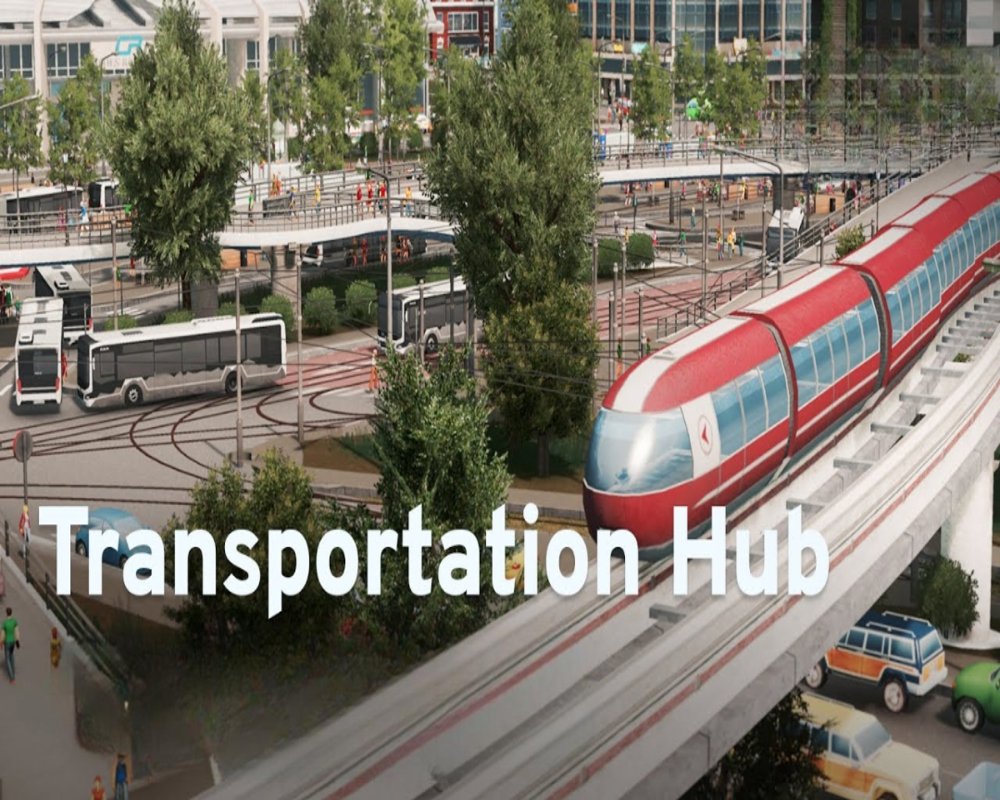Proximity to transport hubs significantly affects land sales, particularly in commercial and industrial real estate. Being near airports, rail terminals, ports, or highway interchanges increases a property’s attractiveness by enhancing connectivity, accessibility, and logistics efficiency, which in turn can drive up demand, value, and sale velocity.
Here’s a detailed breakdown of how transport hub proximity influences land sales:
Enhanced Land Value and Pricing
- Land near transport hubs—such as major highways, airports, seaports, or train stations—typically commands a premium price
- Buyers are willing to pay more for sites that reduce transportation time and cost
- Especially valuable in markets where supply of accessible land is limited
Key Benefits:
- Faster goods movement for logistics and warehousing
- Improved commuter access for offices or retail
- Higher foot traffic for transit-adjacent businesses (e.g., cafes, convenience stores)
Increased Buyer Demand
- Industrial developers, e-commerce companies, and retail chains actively seek land close to freight and distribution networks
- Mixed-use and residential developers target areas near transit hubs to attract renters or buyers seeking walkability and connectivity
- Proximity appeals to institutional investors due to high absorption rates and stable tenancy
Better Suitability for Specific Land Uses
Logistics and Industrial Parks
- Need direct access to interstates, rail yards, and cargo ports
- Proximity reduces fuel costs and enables just-in-time inventory models
Retail and Hospitality
- Sites near airports and transit terminals serve travelers, commuters, and tourists
- Demand increases for hotels, QSRs, convenience retail, and car rental hubs
Office and Business Centers
- Companies prioritize access to public transport for workforce convenience
- Transit-oriented sites help meet sustainability and ESG goals
Zoning and Incentives Alignment
- Cities often encourage development near transport hubs through:
- Transit-Oriented Development (TOD) zoning
- Density bonuses and reduced parking requirements
- Tax abatements or infrastructure subsidies
- Transit-Oriented Development (TOD) zoning
- These incentives can accelerate approvals and boost resale potential
Shorter Sale Timelines
- Land in prime transit-adjacent zones typically sells faster than more remote parcels
- Developers and investors act quickly to secure strategic positioning before competition drives up prices
- Public and private infrastructure investments can trigger land speculation and accelerated transaction cycles
Market Visibility and Branding Value
- High-profile sites near transit lines or airports benefit from increased visibility
- Retailers and service providers use these locations for billboard marketing, storefront branding, and franchise flagship sites
Risk and Consideration Factors
- Noise, congestion, or pollution may lower suitability for residential or institutional use
- Land acquisition costs can be higher, and competition more intense
Traffic patterns and infrastructure capacity must be evaluated to avoid bottlenecks




